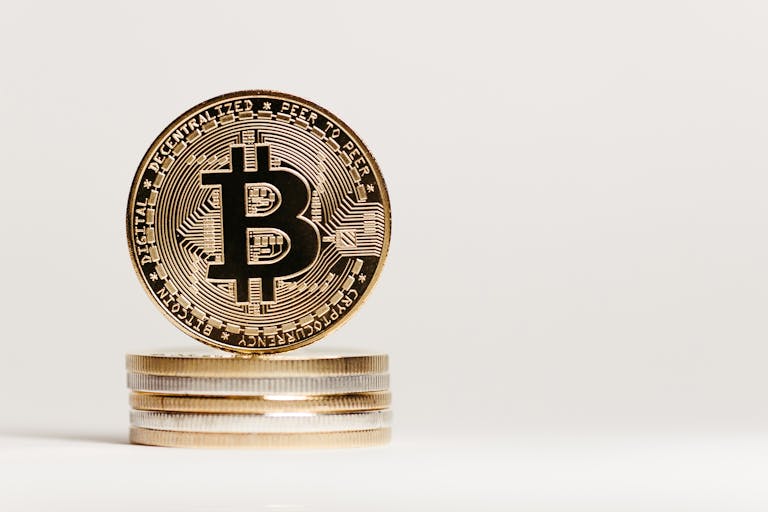How to Store Crypto Securely: A Comprehensive Guide for Beginners and Experts
As the adoption of cryptocurrencies grows, so does the need for robust security measures to protect your digital assets. Unlike traditional banking systems, where institutions handle your funds, cryptocurrencies rely on self-custody, making it your responsibility to safeguard your holdings. A single mistake—like losing a private key or falling victim to a phishing scam—can result in irreversible losses. This article outlines best practices for secure crypto storage, covering wallet types, key security strategies, and risk mitigation techniques.
1. Understand the Different Types of Crypto Wallets
Crypto wallets are tools that store your digital assets and interact with blockchain networks. They’re not physical “safeplaces” but rather interfaces for accessing your funds. The two main categories are hot wallets (online) and cold wallets (offline).
A. Hot Wallets
Hot wallets are connected to the internet and are convenient for everyday transactions. However, they are more vulnerable to hacking.
- Software Wallets: Apps or desktop programs (e.g., MetaMask, Trust Wallet). Ideal for small amounts but risky for large holdings.
- Web Wallets: Browser-based or exchange-hosted wallets (e.g., Binance, Coinbase). While user-friendly, they’re susceptible to hacks if the platform is compromised.
- Mobile Wallets: Apps on your phone (e.g., Solana, Ethereum wallets). Easy to use but require strong device security.
Risk Note: Hot wallets are more accessible but less secure. Use them only for small, frequently used funds.
B. Cold Wallets
Cold wallets are offline and not connected to the internet, making them significantly safer for long-term storage.
- Hardware Wallets: Physical devices like Ledger or Trezor that store private keys securely. They’re the gold standard for safety.
- Paper Wallets: A printed copy of your public and private keys, stored in a secure location. Requires careful handling to avoid damage or loss.
- Offline Software Wallets: Tools like Electrum (for Bitcoin) that run on a computer disconnected from the internet.
Risk Note: Cold wallets are immune to online threats but require manual backup and careful physical storage.
2. Prioritize Private Key Security
Your private key is the password to your crypto. Without it, you lose access to your assets. Key principles include:
- Never Share Your Private Key: Even with trusted parties. Phishing scams often trick users into revealing this information.
- Secure Your Seed Phrase: Most wallets generate a 12–24 word seed phrase during setup. Store this offline (e.g., in a secure safe or encrypted vault) and never digitize it. A paper wallet with a waterproof, fireproof container is ideal.
- Use a Password Manager: For software wallets, avoid weak passwords. Tools like Bitwarden or 1Password help generate and store strong, unique passwords.
- Enable 2FA (Two-Factor Authentication): Add an extra layer of security to wallet and exchange accounts. Use authenticator apps (e.g., Google Authenticator) over SMS, which is less secure.
3. Best Practices for Secure Storage
A. Use Multi-Signature Wallets
For high-value holdings, consider multi-sig wallets, which require multiple approvals to access funds. This adds a layer of protection against single-point failures.
B. Regularly Update Software
Keep your wallet apps, operating systems, and antivirus software updated to patch vulnerabilities. Outdated software is a common target for hackers.
C. Avoid Public Wi-Fi for Transactions
Public networks are insecure. Always use a private, encrypted connection (e.g., your home Wi-Fi or a trusted mobile data plan) when accessing wallets or making transactions.
D. Monitor for Phishing Attempts
Scammers often create fake websites or apps that mimic legitimate services. Always verify URLs (e.g., check for https:// and correct domain names) and avoid clicking suspicious links.
E. Diversify Your Storage
Don’t keep all your crypto in one wallet. Distribute funds across a mix of cold and hot wallets, and consider using different platforms for various cryptocurrencies.
4. Protect Against Common Threats
A. Be Cautious with Exchanges
Exchange wallets are hot wallets and prone to hacks. Store large amounts in personal cold wallets and only keep enough for active trading.
B. Watch for Malware
Install reputable antivirus software and avoid downloading unverified apps. Malware can steal private keys from your device.
C. Secure Physical Devices
For hardware wallets, keep them in a safe place. Avoid storing them in easily accessible locations, and consider using biometric authentication (e.g., fingerprint scanners) if available.
D. Regular Backups
Always back up your wallet data. For hardware wallets, the seed phrase is your backup. For software wallets, store backups in encrypted, offline locations.
5. Advanced Tips for Experienced Users
- Cold Staking and Earned Rewards: Be cautious with staking rewards. Use dedicated cold wallets to store them and avoid exposing private keys to online services.
- Hardware Wallets with Added Features: Opt for hardware wallets with advanced security like hardware-based encryption, secure elements (SE), or physical buttons for confirmation.
- Decentralized Exchanges (DEXs): For trading, use DEXs that don’t require you to deposit funds on an exchange. This reduces third-party risk.
- Insurance and Custodial Services: Some platforms offer insurance for cold storage, but it’s not a substitute for personal security. Research thoroughly before relying on such services.
6. What to Avoid
- Sharing Private Keys or Seed Phrases: Even with friends or family.
- Storing Keys in the Cloud: Cloud services are vulnerable to breaches.
- Using “One-Click” Backup Tools: Avoid services that promise automatic backups unless they’re fully secure.
- Buying from Untrustworthy Sources: Only purchase hardware wallets from official retailers. Counterfeit devices can be malicious.
7. Stay Informed and Vigilant
The crypto space evolves rapidly, with new threats emerging constantly. Regularly educate yourself on security trends, and stay updated with the latest news. Follow trusted communities and developers for insights on potential vulnerabilities.
Conclusion
Storing cryptocurrency securely requires a balance of convenience and protection. While hot wallets are great for daily use, cold storage (hardware or paper wallets) should be your primary choice for significant holdings. By understanding the risks, using strong security practices, and staying vigilant against scams, you can safeguard your investments in this decentralized ecosystem. Remember: "Not your keys, not your coins." Your private keys are your ultimate responsibility—keep them safe, and your crypto will be too.
By adopting these strategies, you can minimize the risk of theft or loss and enjoy the benefits of blockchain technology with confidence.







